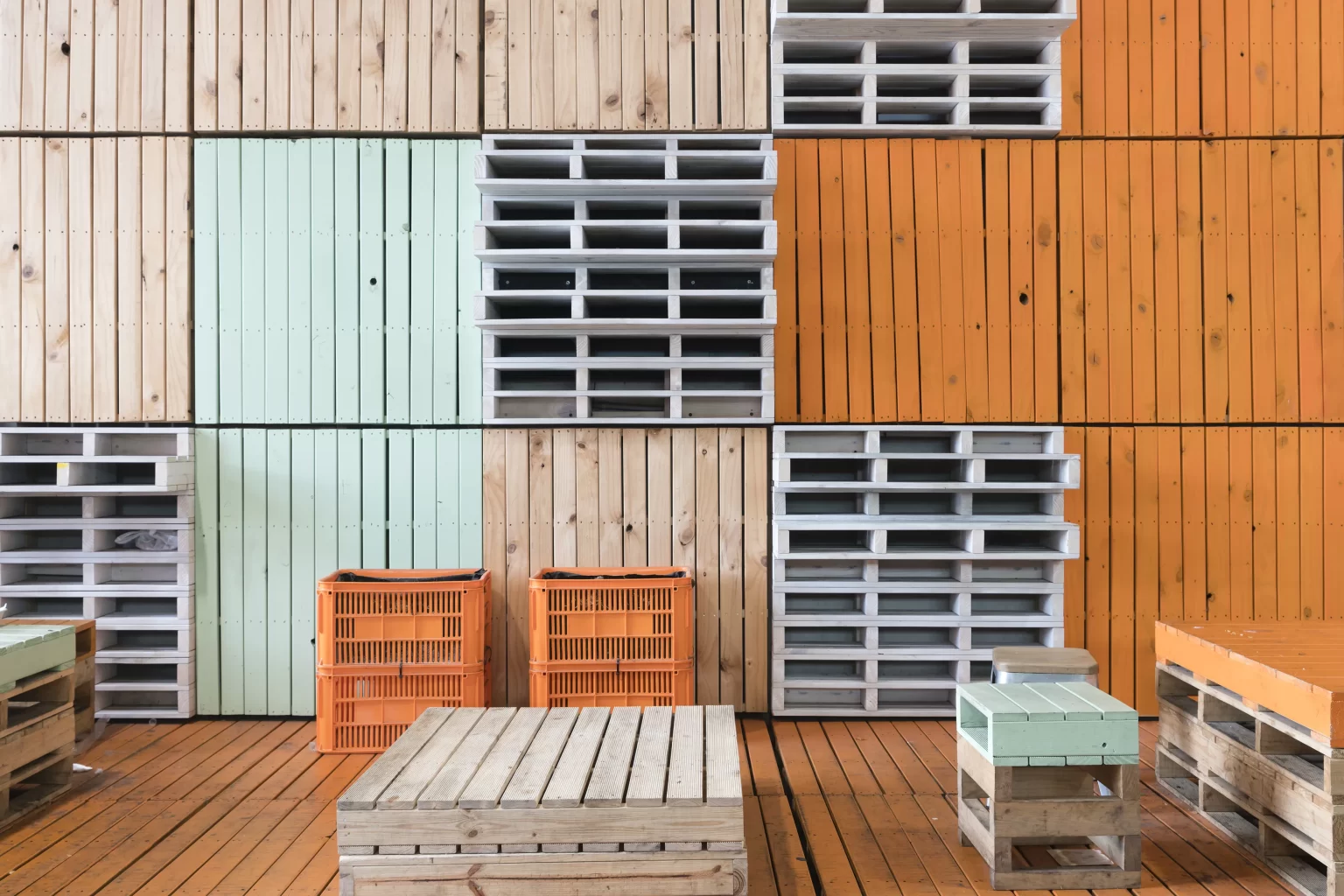
Why It’s Important To Design Guestroom Furnishings With Disassembly and Recyclability in Mind
Why It’s Important To Design Guestroom Furnishings With Disassembly and Recyclability in Mind
Designers put significant thought and creativity into how things come together but have only recently started giving the same attention to how things come apart. The average time between soft renovations for a luxury hotel is five to seven years. This means that the beautiful new furniture for hotel rooms delivered today will be on its way out in less than a decade.
Consumers are increasingly aware of the environmental impact of industrial production. Designing furniture and casegoods for hotels with sustainability in mind reduces waste, conserves resources, benefits the environment, and is good for your brand.
Choose Designs That Are Durable and Versatile
When designing furniture for hotels for disassembly and recyclability, there are four primary considerations: materials, assembly, function, and disassembly. An effective disassembly strategy includes the possibility of reusing, redesigning, or remodeling the entire piece of furniture or elements of it.
Simple, elegant designs can be both fashionable and long-lasting. Designing furniture and casegoods for hotels with longevity in mind provides better durability and versatility than trendy designs, which may show their age when the trend has faded.
However, it’s possible to have the best of both worlds with trendy furnishings that are also reusable. By approaching disassembly and repurposing from the design stage, you can incorporate strategies that allow you to reuse some of the materials or redesign the piece instead of starting from scratch.
Furniture that can be repaired or refurbished also contributes to longevity. For example, using solid wood instead of a wood veneer. Long-lasting materials that can be repaired may be more expensive to manufacture but they create furnishings with more versatility and longer lifespans.
The Two Cycles of Material
The materials you use in your design significantly impact whether they can be reused or recycled or whether they will sit in a landfill for decades after a short lifespan. There are two cycles of material: biological and technical.
Biological materials, like natural wood, bamboo, mycelium, hemp, renewable leather alternatives, and bioplastics, can biodegrade. Over time, they can safely return to the natural world and add nutrients back into the ecosystem.
Technical materials, like plastic, metal, and synthetic chemicals, cannot biodegrade. For example, if plastic is discarded, it can take between 20 and 500 years to decompose. However, technical materials can be reused and repurposed, and their durability makes them ideal for this purpose.
Old furniture and casegoods that are still in usable condition can be donated or sold to continue their usefulness and avoid the landfill.
Designing for Disassembly Can Translate to Significant Savings
While the conversation about designing furniture for hotel rooms with disassembly in mind starts with conservation, it can also translate into significant long-term cost savings.
For example, imagine a top-to-bottom hotel remodel where the casegoods and furnishings are removed and refinished off-site. Their color and style are changed significantly enough that they look like new pieces.
The initial investment is higher, requiring thoughtful design and long-lasting materials. However, when the property is refurbished, a design solution incorporating the principles of disassembly results in significant savings. Retaining and repurposing materials also reduces carbon use.
Choose Environmentally Safe and Circular Materials
Even if you choose not to design for disassembly and reuse, the material you choose has a substantial impact on the environment. Some materials contain added chemicals that improve flexibility or durability in the short term but that are harmful to people or the environment in the long term.
New materials are emerging that make it increasingly possible to design out these toxins. Designers are getting creative with environmentally friendly materials made from algae, mycelium (mushrooms), food waste, bacteria, and other unusual and biodegradable materials.
Modular Design Facilitates Customization and Disassembly
Modular design is another emerging trend that is environmentally friendly and makes furniture for hotels easier to repurpose. Each casegood or furnishing is divided into smaller parts called modules. Individual modules can be created independently, allowing parts to be modified, replaced, or exchanged easily.
While it adds a challenge to the design process, modular furniture is easier to repair or repurpose. It’s easier to disassemble. Over time, modular furniture can be customized or adapted to changing needs or styles. This both saves costs and prevents premature obsolescence.
Disassembly Adds Another Element to Design
Most consumers, designers, and hotel owners have come to expect furnishings to have a limited lifespan and then be discarded. As environmental consciousness grows, the design, hospitality, and manufacturing industries have new opportunities to use biodegradable, low-impact materials and to design with disassembly, reuse, and recyclability in mind.
Whether designing for disassembly is a thought for the future or a reality today, our innovative and trusted team is here to help.
